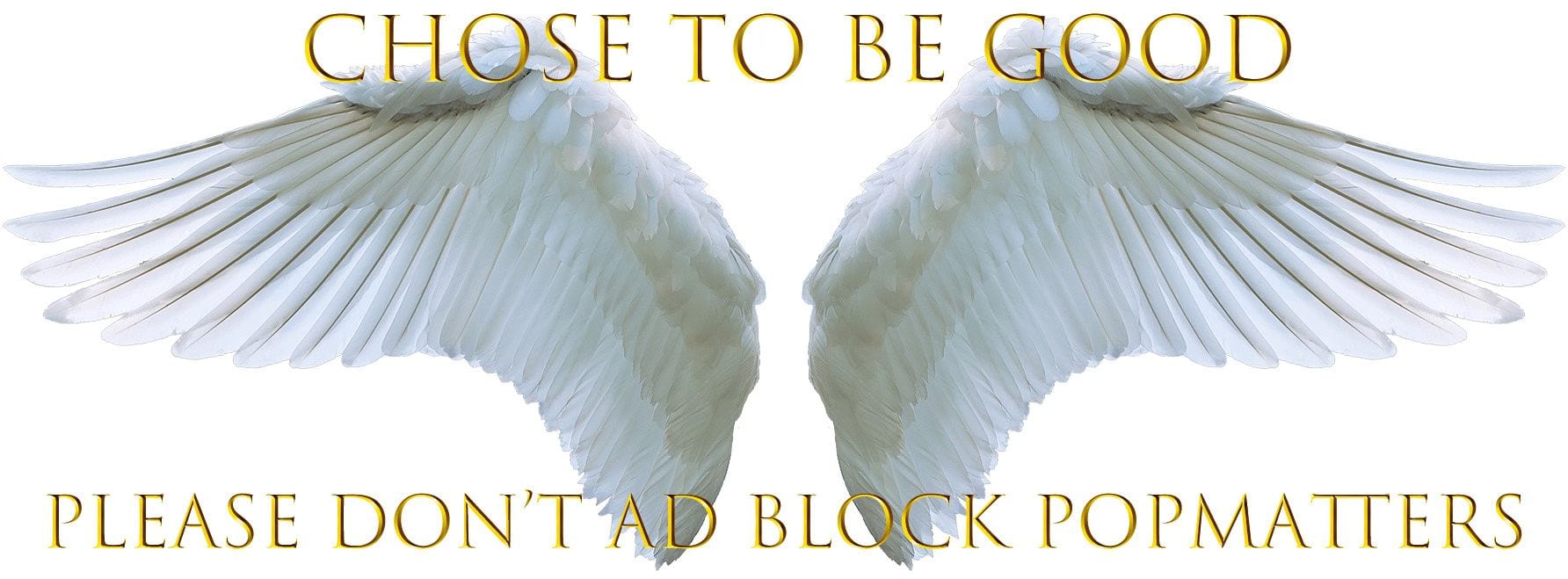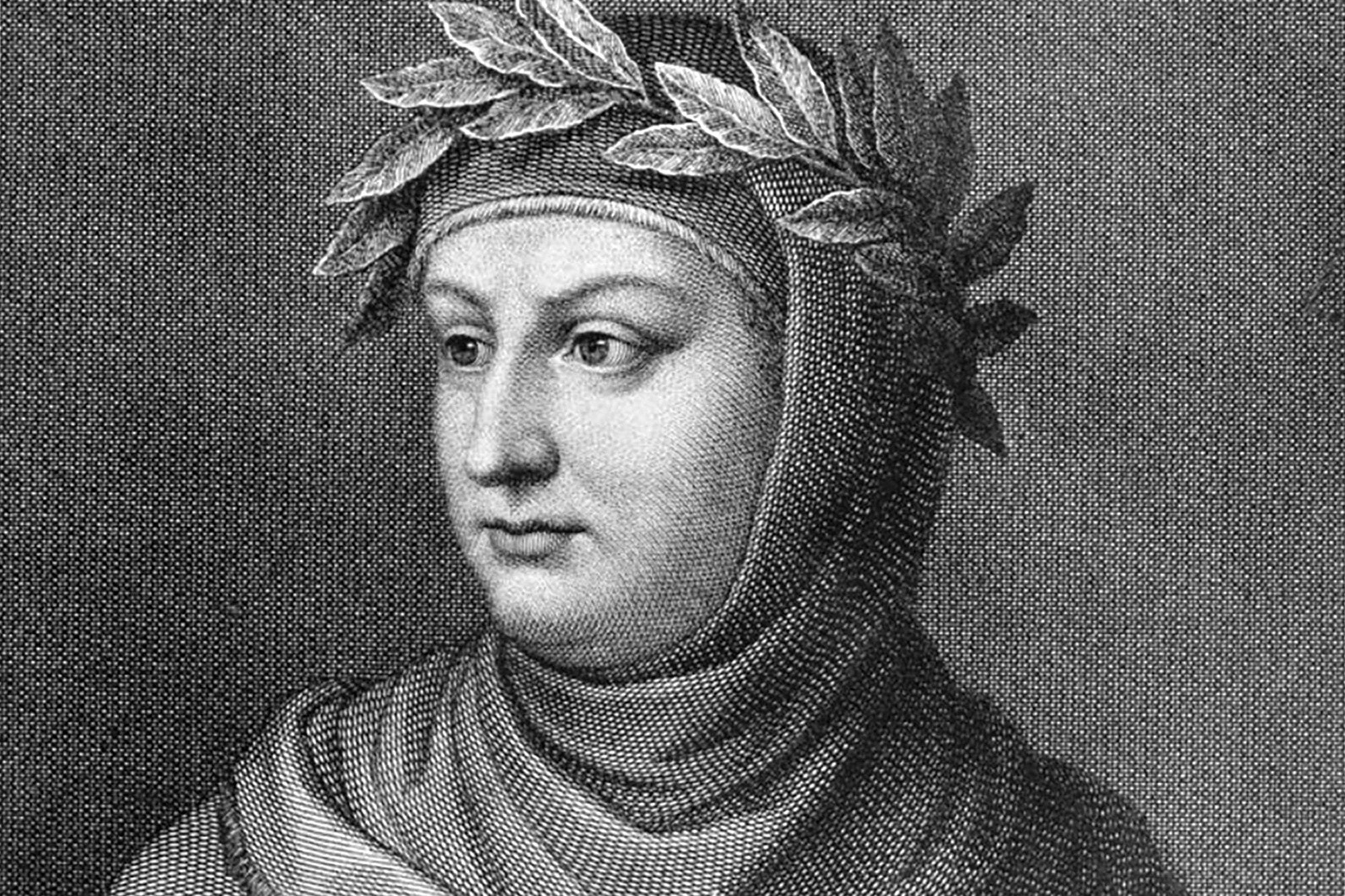
Living through a pandemic hurtles us in unexpected directions.
As routines become broken, the familiar becomes estranged, and the everyday becomes foreign, each of us, in our own way,
loses the world.
The “world” is a socially shared sense of being-together, which is reinforced through everyday institutions and routine rituals. Even for those of us on the social frontline, working in public spaces now marked with spiked risk, the world as we know it, the world as we knew it, recedes.
In a pandemic, we lose the world and slip into unhealthy, prolonged periods of isolation, of extreme forms of alienation, and of a seemingly unending
angst. In a pandemic, we acutely recognize that we are social animals.
But hope persists in pandemics. That hope, in part, is earned and achieved through storytelling.
To gain some purchase on our current COVID-19 pandemic and find ways to see beyond the crisis of the present, I turn to the 14th century. Living through a pandemic, indeed, hurtles us in unexpected directions.
As I tumble through hours and days and weeks, I find myself unexpectedly wading through the past, searching for fragments of wisdom from storytellers who have survived and even to some extent thrived in past pandemics.

Angel Wings by Zorro4 (Pixabay License / Pixabay)
And this has led me to a text I have never read before. In more than a decade teaching in higher education (English, cultural studies, and popular culture), seven years earning a doctorate, and four years earning majors in English and Philosophy, it has taken a contemporary pandemic to guide me towards Giovanni Boccaccio’s The Decameron, a collection of novellas written in the midst of the “Black Death”, the deadliest pandemic in recorded human history. The Black Death killed roughly 200 million people across Europe, Asia, and Africa. While all pandemics mock human borders and boundaries, its epicenter was Europe. From 1346-1353, the Black Plague killed roughly 60% of Europe’s population.
Plagues radically affect all social forms and institutions, including religions, economics, politics, and even art. Pandemics shatter the world as we know it and the pieces cannot be put back together again. Instead, we must use our social imagination and the fragments of what was in order to collectively forge a new world, hopefully one that is more humane, expansive, and caring.
The Black Plague devastated Europe. In Boccaccio’s home of Florence, as with cities across Europe, civilization collapsed. Wayne A. Rebhorn, the award-wining translator of The Decameron into English, writes, “The social, political and religious institutions and hierarchies that served to organize and direct people’s life” in Florence had “all broken down“. Institutions collapsed. Political organizations collapsed. Society collapsed.
Boccaccio started writing The Decameron just after the Black Death struck Florence. But rather than write about death and represent the world unfolding in the present, Boccaccio instead wrote about life flourishing. Moreover, and more specifically, he wrote about the utopian potential of storytelling.
In the book, a young woman named Pampinea proposes a radical idea to nine compatriots: rather than continue to live in Florence, a living hell detailed in the opening chapter, all ten should flee and take refuge in the countryside. This is not an act of escapism nor a flight from reality. Rather, it is a commitment to forming a new social order. The Decameron is not suggesting to break quarantine. Rather, it’s a capacious, democratic epic about ways to reimagine the social order once a plague has forever changed what constitutes the “everyday” and the “world”. This radical act of reimagining and world building, as Boccaccio foregrounds, is achieved through storytelling.
The Decameron is about ten people in mourning—seven women and three men—who escape Florence together. In their escape from a geography of death, these ten individuals create new rituals, new pleasures, and a new community.
Boccaccio celebrates stories as a social good and necessity, a lesson largely forgotten in our current regime of education that is willing to pour money into STEM programs while simultaneously questioning the validity and use of the humanities.
As The Decameron reminds us, stories are a form of meaning making and community making. Stories open our social imagination, insist that we think, galvanize us to reflect, and urge us to bond and commune. Storytelling is not a form of escape or diversion. It’s a form of cultural oxygen.
Moreover, The Decameron reminds us that novel conditions, such as a plague, require new narratives. When an old world is being destroyed, we must not recycle familiar stories nor take refuge in predictable narrative formulas. The Decameron is a collection of novellas. Novella is the Italian word for “story”, which derives from nuovo, which means “new”. Novella, which is the ancestor of the English word “novel”, is a new way of imagining the world at a time when old stories lose their explanatory power and relevance.
Tellingly, the group of ten, before fleeing Florence, gather at the Church of Santa Maria Novella, a real place that Boccaccio likely chose because of its name. The last word gestures towards the stories they will all soon share.
The Decameron is more than a collection of stories. It is a book about stories. In this sense, it is both narrative and narrative theory in one.
The conceit of The Decameron is hinted at in its name. The title combines the Greek words “ten” and “day” to signify a ten-day event. Each day, every member of this makeshift community gets to share one story over the course of ten days, for a total of 100 stories. These stories all assume and play with different styles, genres, and tropes in novel ways in order to indirectly address and reflect upon their unprecedented present. Moreover, these stories begin to imagine new futures that were deemed impossible or unimaginable in the old world.
As Boccaccio importantly foregrounds, as important as a story’s content is its context.
The group of ten who flee Florence for the countryside forge new social rituals and hence, new political practices, all realized through the medium of stories. In the novel setting, the community creates a new ritual that practices a nascent form of democracy. Each day, a new person becomes queen or king. Each person, in their playful and temporary role as ruler, establishes the theme for the day and everyone must conjure and share a story within the capacious parameters of that theme. In the midst of a pandemic, Boccaccio leaves behind Florence’s hierarchical structure and in its stead, practices a participatory, playful form of culture in which everyone gets to lead, everyone gets to share their stories, and everyone, in turn, becomes an auditor.
Both the context and the form of these stories are deeply democratic. As Rebhorn writes, “Boccaccio is one of the first writers in the West to see prose fiction as a serious, rather than marginalized and trivial, form of literature“. Boccaccio writes in prose and moreover, in the vernacular. He eschews the elitist form of high culture—verse and Latin—in favor of the language and form of everyday people.
What the dominant culture deemed marginal and subservient, Boccaccio saw as the seeds of a new world. Tellingly, of the ten people who flee Florence for the countryside, seven are women. And in the book’s preface—one of myriad framing devices operating in The Decameron—Boccaccio proclaims that his intended audience is women. If we read The Decameron generously, I think we may even claim that the book, while complex and contradictory, can be read as a form of proto-feminism.
The key point to highlight is that new and necessary narratives emerge from the margins. Not the physical margins, but people and communities who have been ideologically marginalized by the dominant culture. In Boccaccio’s present, this new world was being born through women telling stories.
In her recently penned essay “The Pandemic is a Portal”, Arundhati Roy writes, “Historically, pandemics have forced humans to break with the past and imagine their world anew. This one is no different. It is a portal, a gateway between one world and the next. We can choose to walk through it, dragging the carcasses of our prejudice and hatred, our avarice, our data banks and dead ideas, our dead rivers and smoky skies behind us. Or we can walk through lightly, with little luggage, ready to imagine another world. And ready to fight for it“.
To this, we can add that stories are a potential portal to a new world.
As Boccaccio makes explicit, storytelling is a deeply social process and practice. In The Decameron, this is true in the context of storytelling (everyone has an opportunity to tell multiple stories), the form of storytelling (sharing in the vernacular and in prose), and in the stories’ content. Rebhorn observes that the most frequent word in the text is “ragionare“, which means “to speak, discuss, or reason about“. Telling stories is a form of thinking together, reflecting collectively, and in the process, forging a new form of being-with-others.
Writing as the ideological pandemic of fascism rapidly spread throughout Europe, Walter Benjamin theorized that “the art of storytelling” was “coming to an end” (“The Storyteller” 1936). He had good reason to believe this. But for us to dream a better world, Benjamin must be wrong.
While many of us remain quarantined, replicating the isolation practiced during the Black Death, which stories will we listen to in the coming days, weeks, and months? And equally important, following the lessons of Boccaccio, what new narratives will each of us create and share?
In The Decameron, the seven women and three men sit in a circle telling stories. Today, we sit in more complex, digital shapes and structures. But a community can still be forged through shared stories. And even more radically, a new world can be born through novel stories that flow through and between us.
As the pandemic threatens to isolate us even more, as a shared world threatens to recede even further, we need to remember that the world is constituted through stories. Surrounded by sickness and death and the collapse of institutions and everyday rituals, we need stories now more than ever.
* * *
Works Cited
Benedictow, Ole J. “The Black Death: The Greatest Catastrophe Ever.” History Today 55.3. March 2005.
Benjamin, Walter. “The Storyteller.” Illuminations: Essays and Reflections. Houghton Mifflin Harcourt, 2018.
Boccaccio, Giovanni. The Decameron. Trans. Wayne A. Robhorn. W. W. Norton & Company, 2014.
Cantor, Norman F. In the Wake of the Plague: The Black Death and the World It Made. HarperCollins, 2002.
McNeil, William. Plagues and Peoples. Penguin Random House, 1977.
Roy, Arundhati. “The Pandemic is a Portal.” Financial Times. 3 April, 2020.
- Life in the Time of Coronavirus and False Dichotomies - PopMatters
- Matchbox 20: "Unwell" in the Time of Coronavirus - PopMatters
- Isolation and Connection: Italy in the Time of Coronavirus - PopMatters
- Life in the Time of Coronavirus Is No Time for False Dichotomies ...
- Love in the Time of Coronavirus - PopMatters
- Reading Pandemics: From Boccaccio to Indigenous Futurism - PopMatters
- Distance Remakes the Heart in' Love in the Time of Cholera' - PopMatters
- COVID-19 and Our Purgatory of Consumerism - PopMatters


![Call for Papers: All Things Reconsidered [MUSIC] May-August 2024](https://www.popmatters.com/wp-content/uploads/2024/04/all-things-reconsidered-call-music-may-2024-720x380.jpg)



